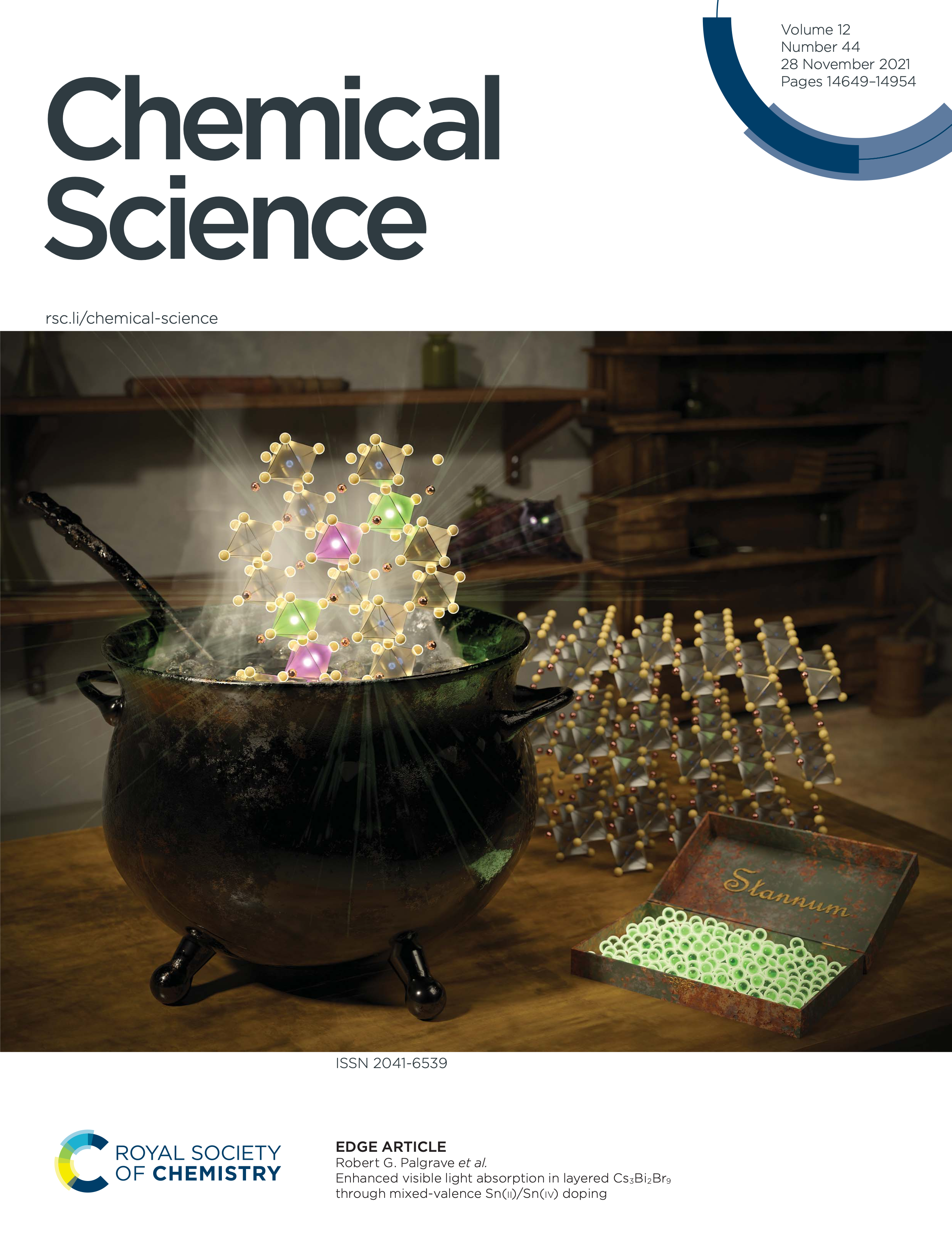Check out our group website for the Simulation of Advanced Materials (SAM) Lab!
What I Do
I’m an incoming Assistant Professor in Simulation of Energy Materials at the Yusuf Hamied Department of Chemistry in the University of Cambridge. My group, the Simulation of Advanced Materials (SAM) Lab uses state-of-the-art computational methods to design and develop next-generation materials; primarily targeting energy applications. Currently I am finishing up my Environmental Fellowship at Harvard University, hosted by the Materials Intelligence Research group.
Recent Highlights
Our comprehensive i̶n̶-̶h̶o̶u̶s̶e̶ defect modelling python package 𝙙𝙤𝙥𝙚𝙙 is now fully live!⚛️
— Seán Kavanagh (@Kavanagh_Sean_) April 17, 2024
𝙙𝙤𝙥𝙚𝙙 implements the defect
simulation workflow in an efficient and user-friendly, yet powerful and fully-flexible, manner.
See 🧵 for features (1/n)https://t.co/gdGKcMKd0b pic.twitter.com/3kelGRQIsJ
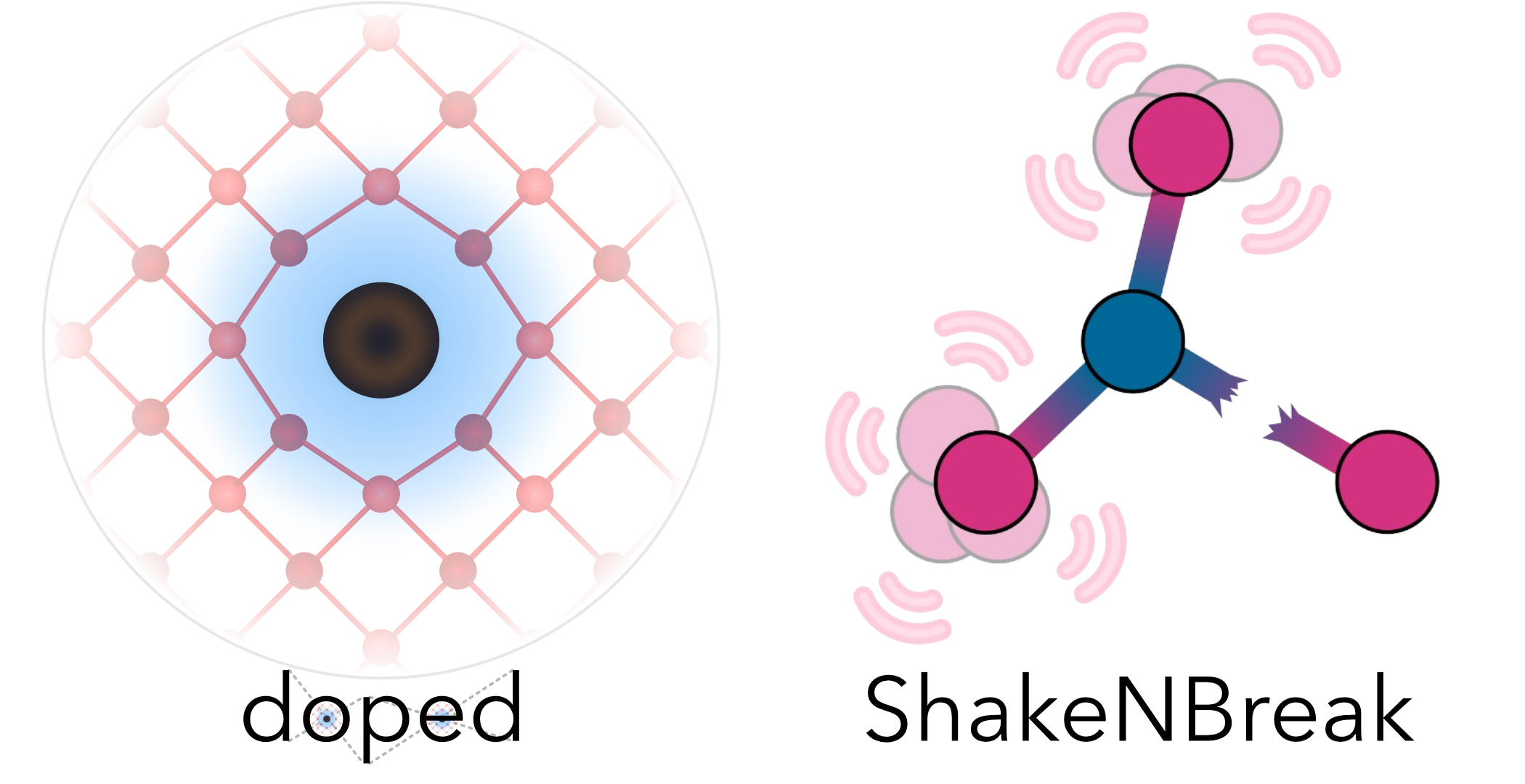
doped, my python defect calculation package (which interfaces with our defect structure-searching code ShakeNBreak, and other codes developed in the Scanlon & Walsh groups such as easyunfold and py-sc-fermi, CarrierCapture.jl) now has a proper documentation site, check it out!
I was delighted to be awarded a Gold Graduate Student Award at the MRS Spring 2023 conference in San Francisco (got ‘em on the rebound coach), which was followed by a road trip around California with some great people! 🚗😵💫
Massive Congrats to @Kavanagh_Sean_ who won a @Materials_MRS Graduate Student Award Gold Medal at the #S23MRS. The only finalist from a European Uni! @UCLChemistry @ImpMaterials @CDT_ACM @TCD_Chemistry. 🇮🇪 Very proud supervisor moment for @lonepair and I!! pic.twitter.com/MCJukcE5XU
— David Scanlon (@scanlond81) April 13, 2023
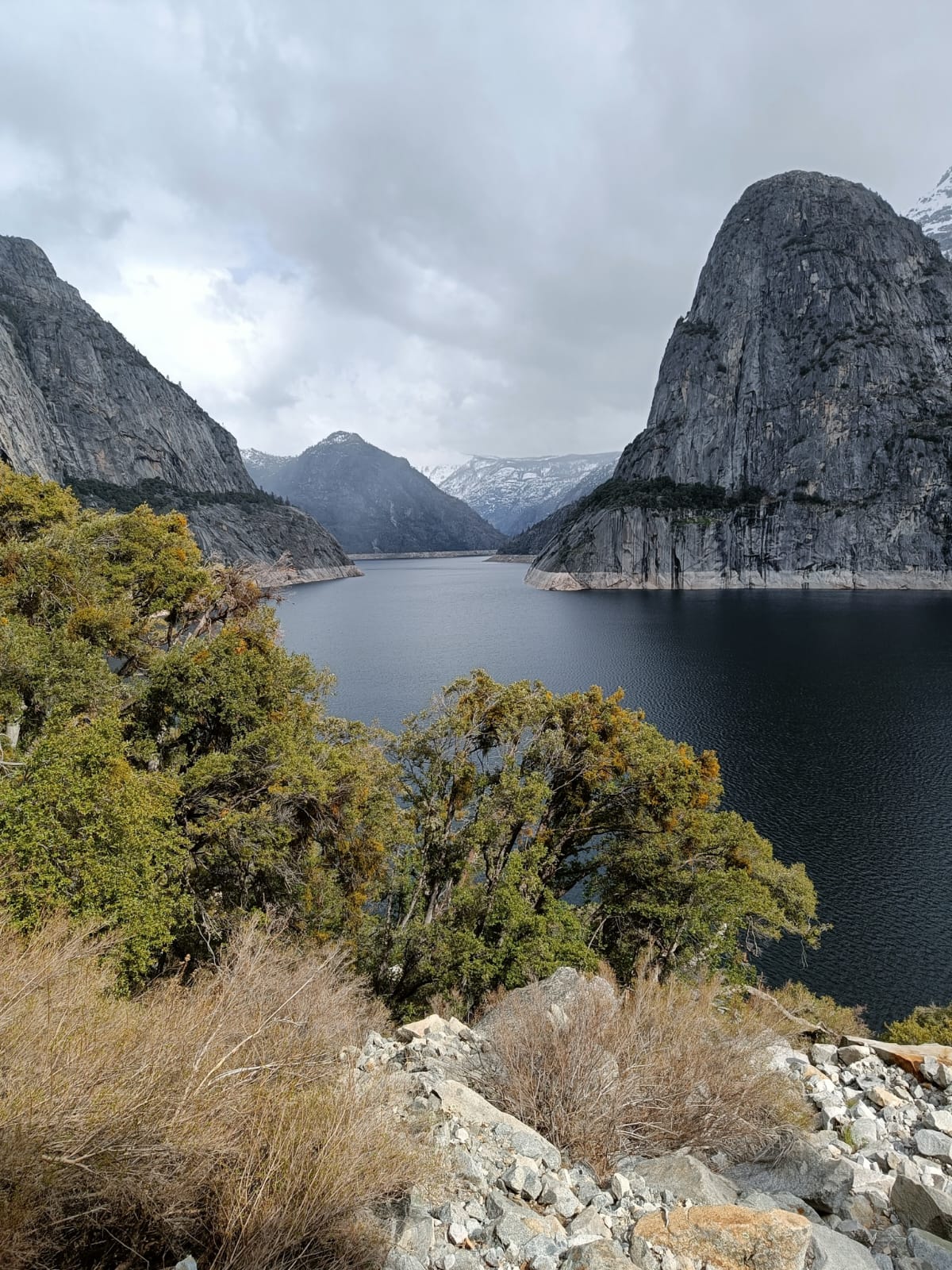
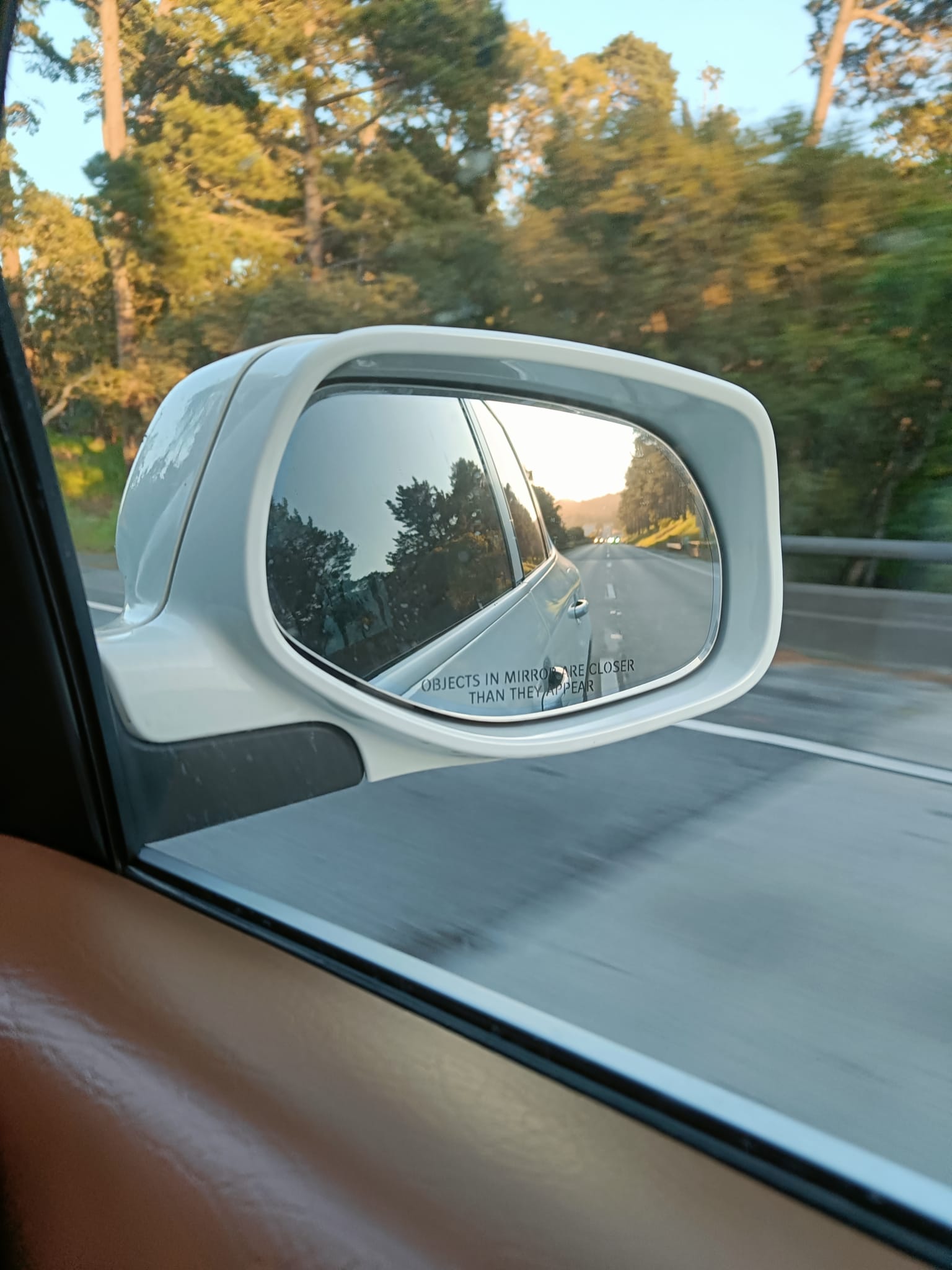
I was awarded a UCL-McGill-JSPS Core-to-Core research collaboration grant (£3k) to visit Prof. Yu Kumagai in Tohoku University (October – November 2022), to extend our defect structure-searching work, for a high-throughput study on symmetry-breaking at oxygen vacancies in oxides – hopefully will have a paper ready on this soon. Of course it was all work and no play!
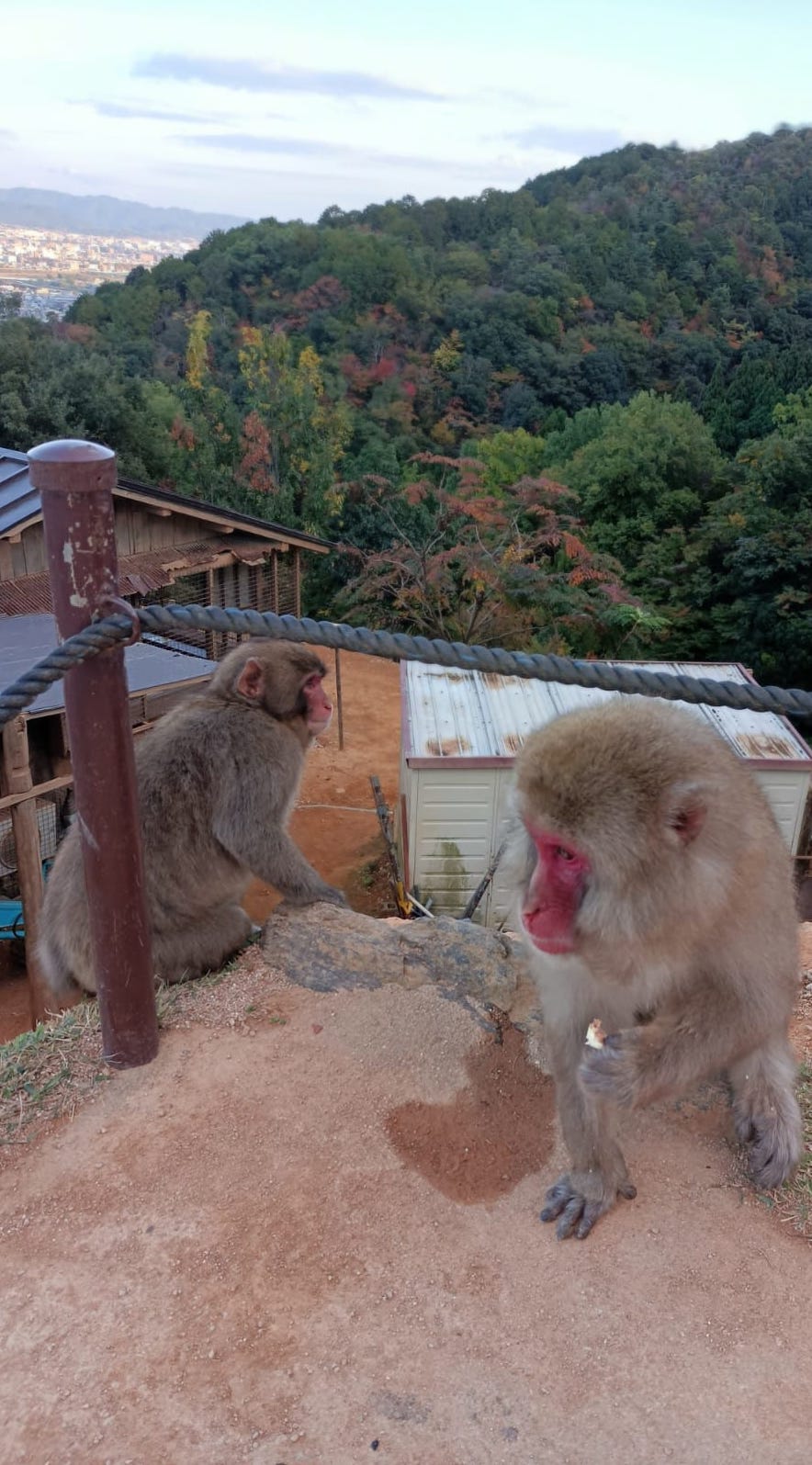
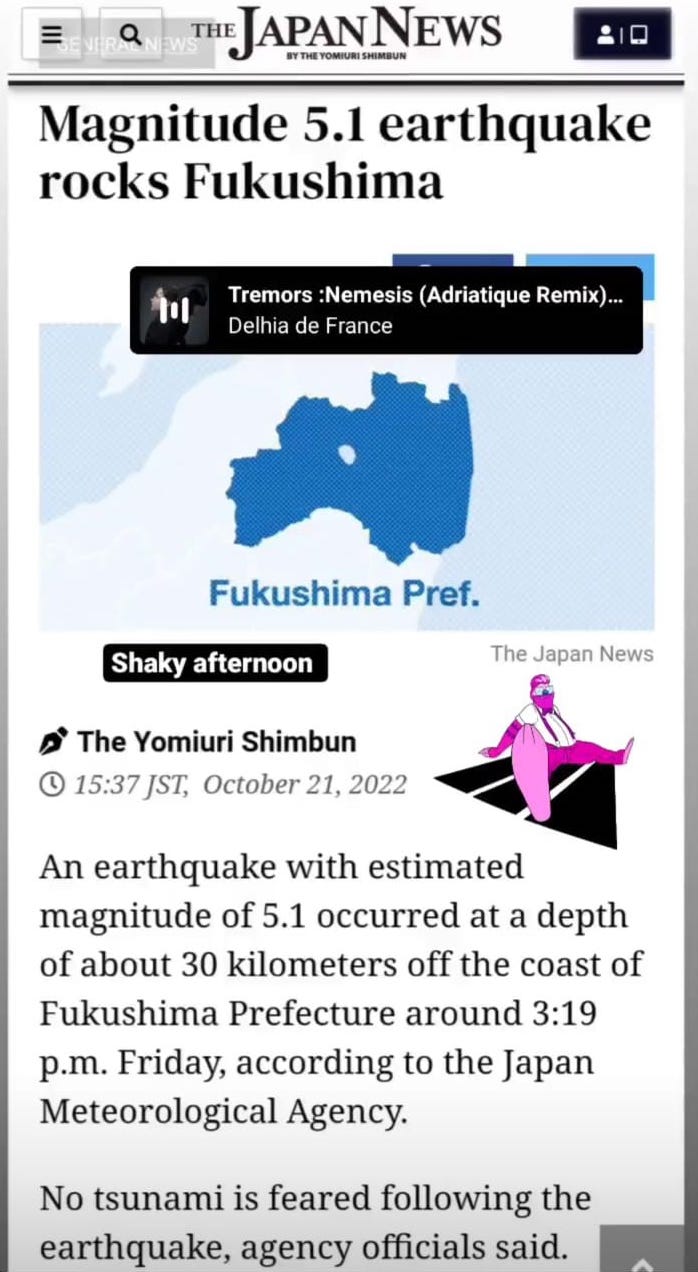
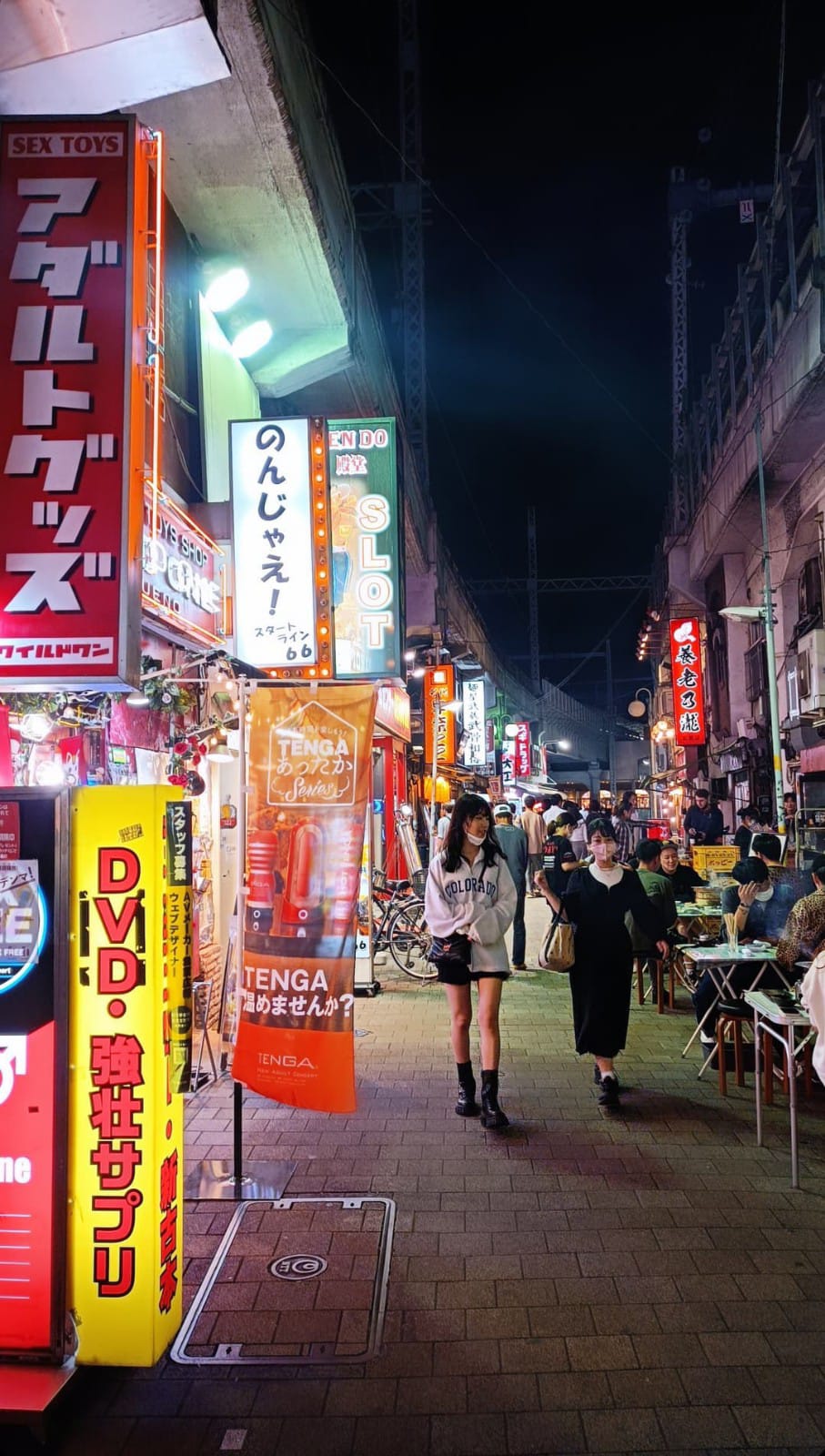
We were humbled to be featured in the Irish Times newspaper! 😊 🇮🇪
Look 👀 Irish scientists in the UK featured in the @IrishTimes today! Proud day for @UCLChemistry @ImpMaterials And of course all 3 are @TCD_Chemistry alums!https://t.co/6zo2Lp5GpG
— Gemma-Louise Davies (she/her) (@GemmaLouDavies) June 9, 2022
I was delighted to be awarded a Silver Graduate Student Award at the MRS Spring 2022 conference in Hawaii 🎉 🏝

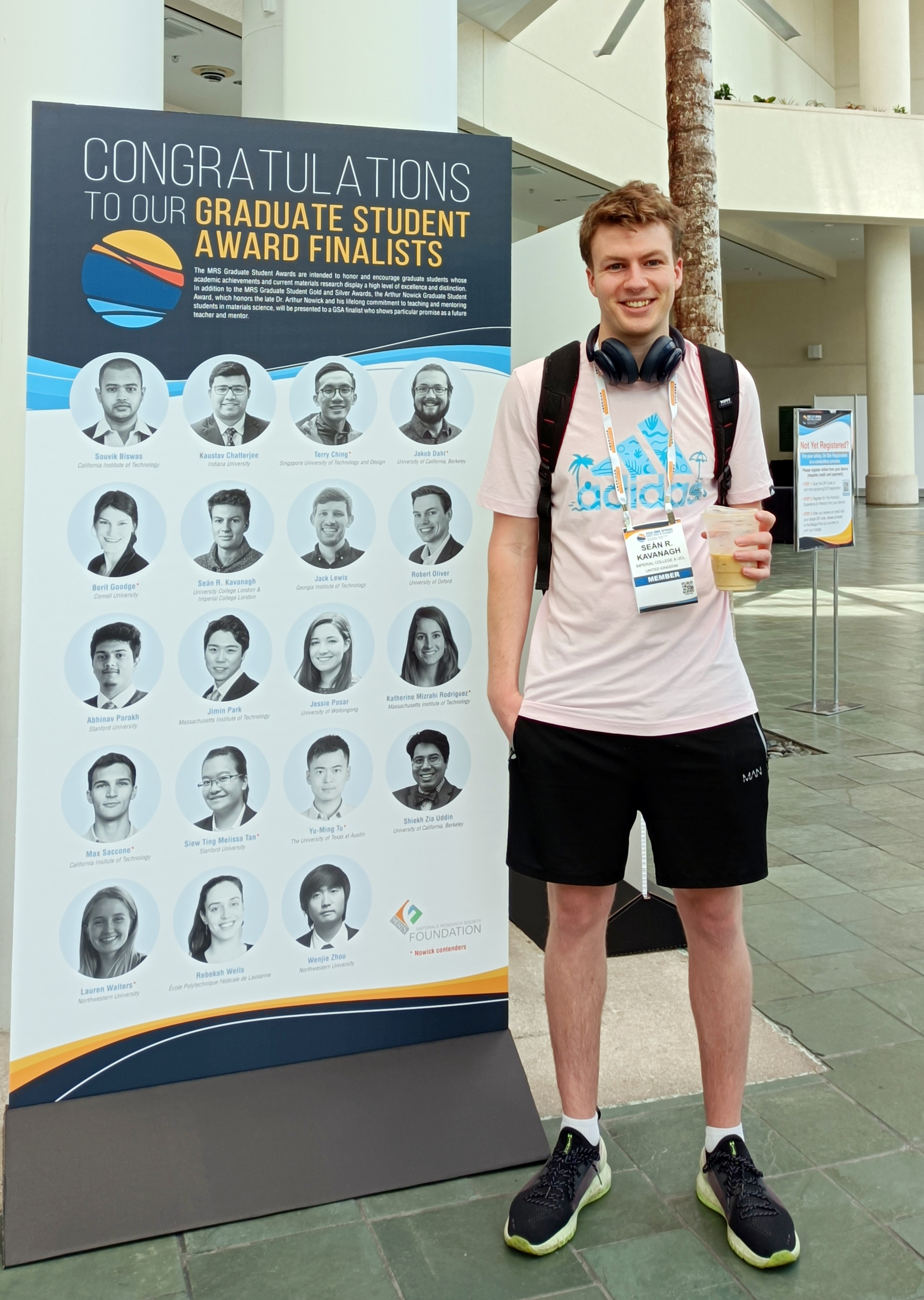
As well as a Rising Star Award ⭐️ from Materials Today Chemistry, an eMRS Young Researcher Award and a Best Presentation Award at eMRS Spring 2022 🗣
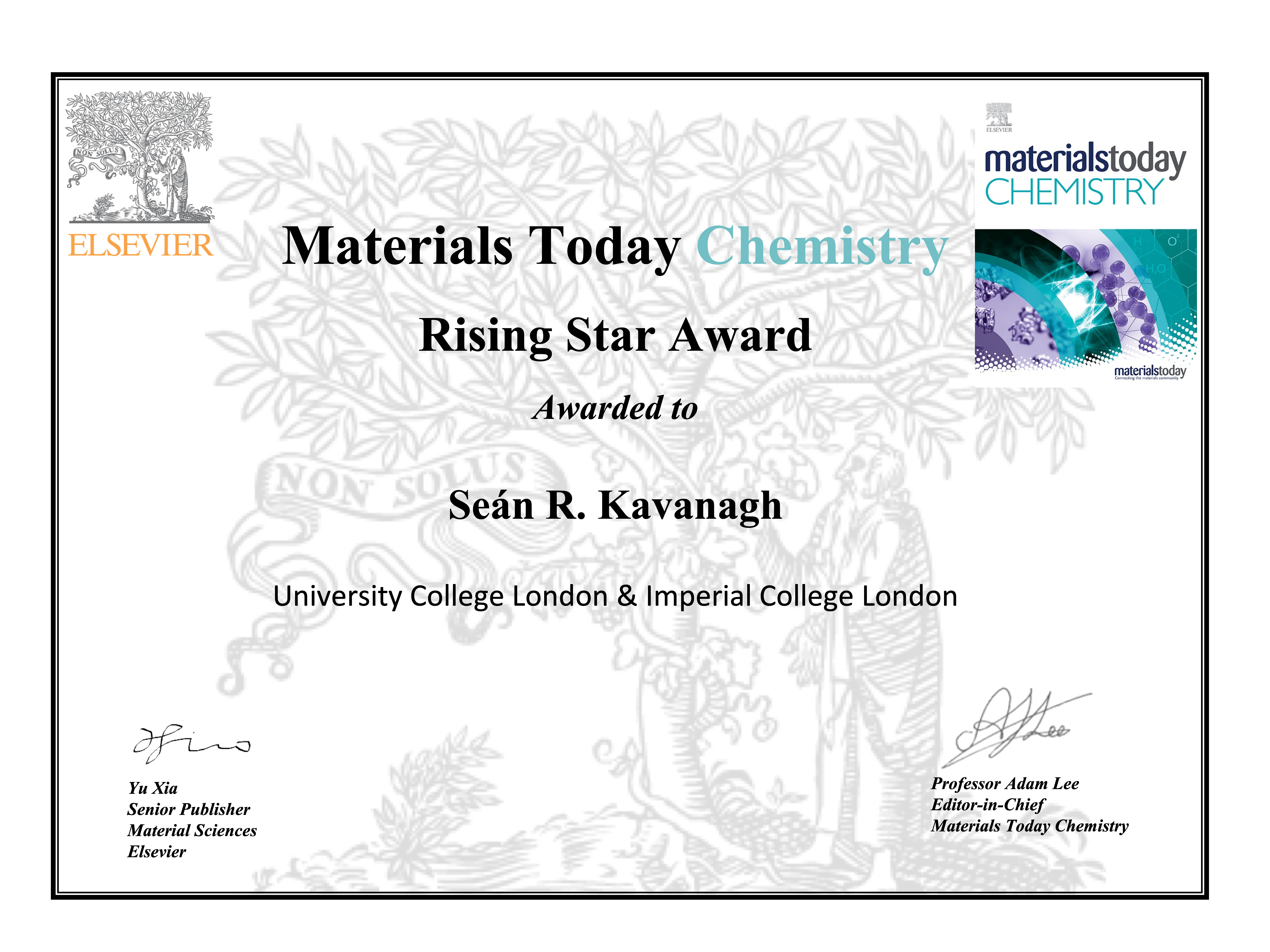
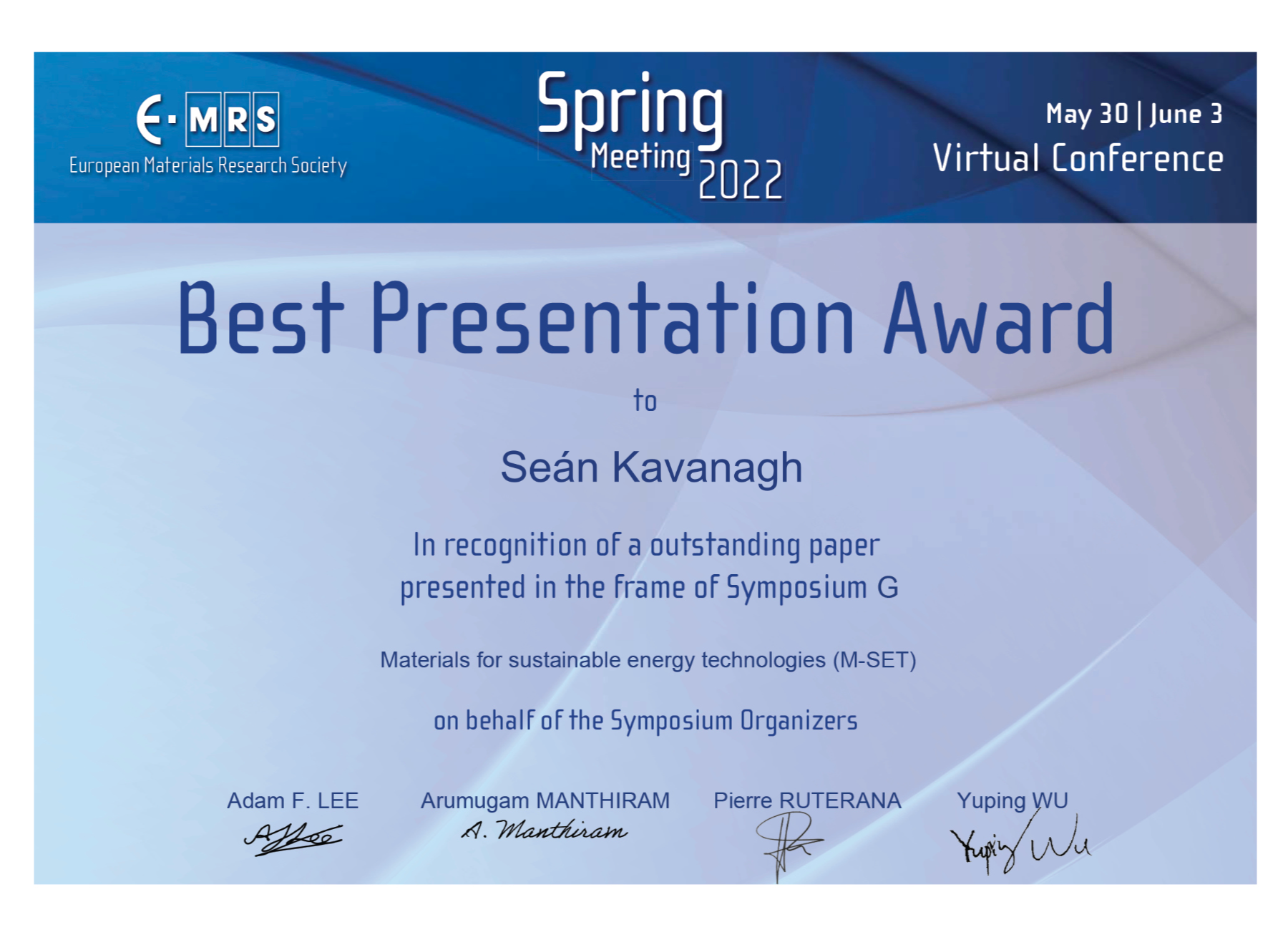
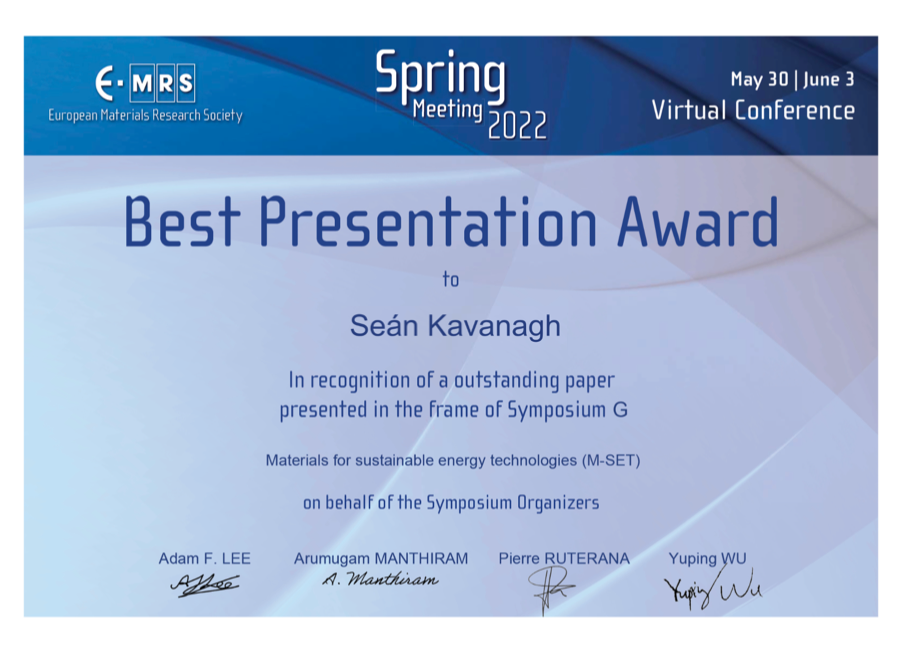
Our Nature Photonics article on breaking the world record for AgBiS₂ solar cells was featured on a number of news sites and has been selected as the ‘Hero Image’ for the March Issue! 🤩
A research team co-led by PhD candidate @Kavanagh_Sean_ @UCLChemistry @imperialcollege and @ICFOnians has set a new efficiency record for a solar cell that is 1,000 times thinner than standard silicon-based cells. Published in @NaturePhotonics @scanlond81 https://t.co/O0p42cDIkP pic.twitter.com/S8nbnPA4uC
— UCL News (@uclnews) February 15, 2022
I was thrilled to be awarded a UCL MAPS (Mathematical & Physical Sciences) Faculty Education Award, and have been nominated for the UCL-wide Provost’s Education Awards, for Individual Excellence in Academic Supervision & Tutoring. It’s been an absolute pleasure to see the development of the many undergraduate, MSc and PhD students I’ve worked with over their projects!
Well done to @Kavanagh_Sean_ being a winner of not only the MAPS Faculty Education Awards 2022 but also for UCL Education Awards 2022 @UCLChemistry pic.twitter.com/zyc1Jcn3pV
— CDT_ACM (@CDT_ACM) April 6, 2022
I got to spend October and November 2021 working at the Max-Planck-Institut für Eisenforschung in Düsseldorf, Germany with group leader Dr Christoph Freysoldt for a project on modelling dynamic defect behaviour, with the work from this to be submitted to and presented at the RSC Faraday Discussions on Emerging Solar PV Materials in July 2022:
Our Materials Horizons and Chemical Science articles Hidden spontaneous polarisation in the chalcohalide photovoltaic absorber Sn2SbS2I3 and Enhanced visible light absorption in layered Cs3Bi2Br9 through mixed-valence Sn(II)/Sn(IV) doping were featured as front covers in October and November 2021


